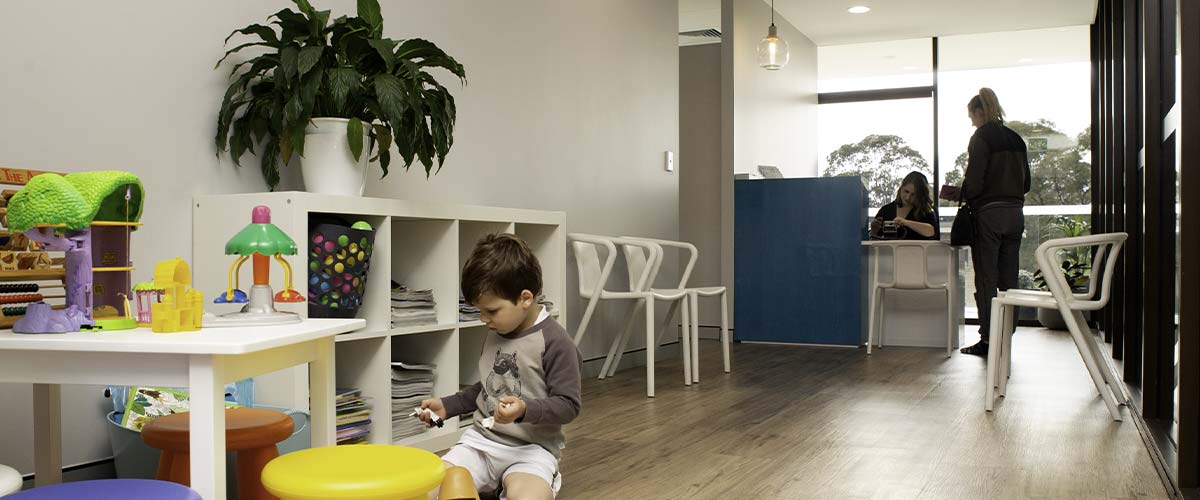Ankle sprains

What is an ankle sprain?
A sprain is stretching or tearing of the ligaments connecting the ankle bones. The tearing leads to swelling and bruising, making it painful to bear weight on the ankle. The intensity of pain varies with the severity of damage to the ligaments and the surrounding soft tissue.
Sprains happen when the ankle is twisted, for example, by an impact injury during sport. Even simply walking on an uneven surface, stumbling or falling can cause a sprained ankle.
Severity of ankle sprains
- First degree: Ligaments connecting the bones of the ankle are stretched but not torn, with minimal swelling and no instability. Athletes can return to their sport within a fortnight.
- Second degree: Ankle ligaments are partially torn and swells occurs quickly. The sprain may require three to six weeks to return to full activity. There is mild instability, and walking or bearing weight are often painful.
- Third degree: Ankle ligaments are more seriously torn, requiring six to twelve months to fully heal. Severe pain is accompanied by bruising and swelling.
Ankle injuries require accurate diagnosis by a podiatrist
There are many different causes of ankle pain and each injury type requires a different treatment. As the ankle is a complex part of the human body, a podiatrist is the best person to provide a correct diagnosis.
Severely ruptured ligaments can result in dislocation of the ankle joint. There may also be damage to tendons, other joint tissues such as the cartilage, and even the bone. We may choose to X-ray your ankle to detect small fractures.
Frequent and recurring ankle sprains weaken and destabilise the ankle, which can result in persistent aching within the joint. Unfortunately some people are genetically predisposed to weakness of their ankles, making them prone to sprains and/or fractures.
How do we treat sprained ankles?
The basic first aid for a sprained ankle is to rest the foot and apply ice and compression to reduce swelling. Elevating your foot will help reduce blood flow to the ankle, which also reduces swelling.
Afterwards, depending on the severity of the sprain, treatments that assist the ankle to heal include range-of-motion exercises (e.g. ankle circles), and stretching (e.g. gently stretching the calf muscles) to maintain movement. Also, a balance board can be used to increase flexibility, strength and co-ordination of the ankle following injury.



